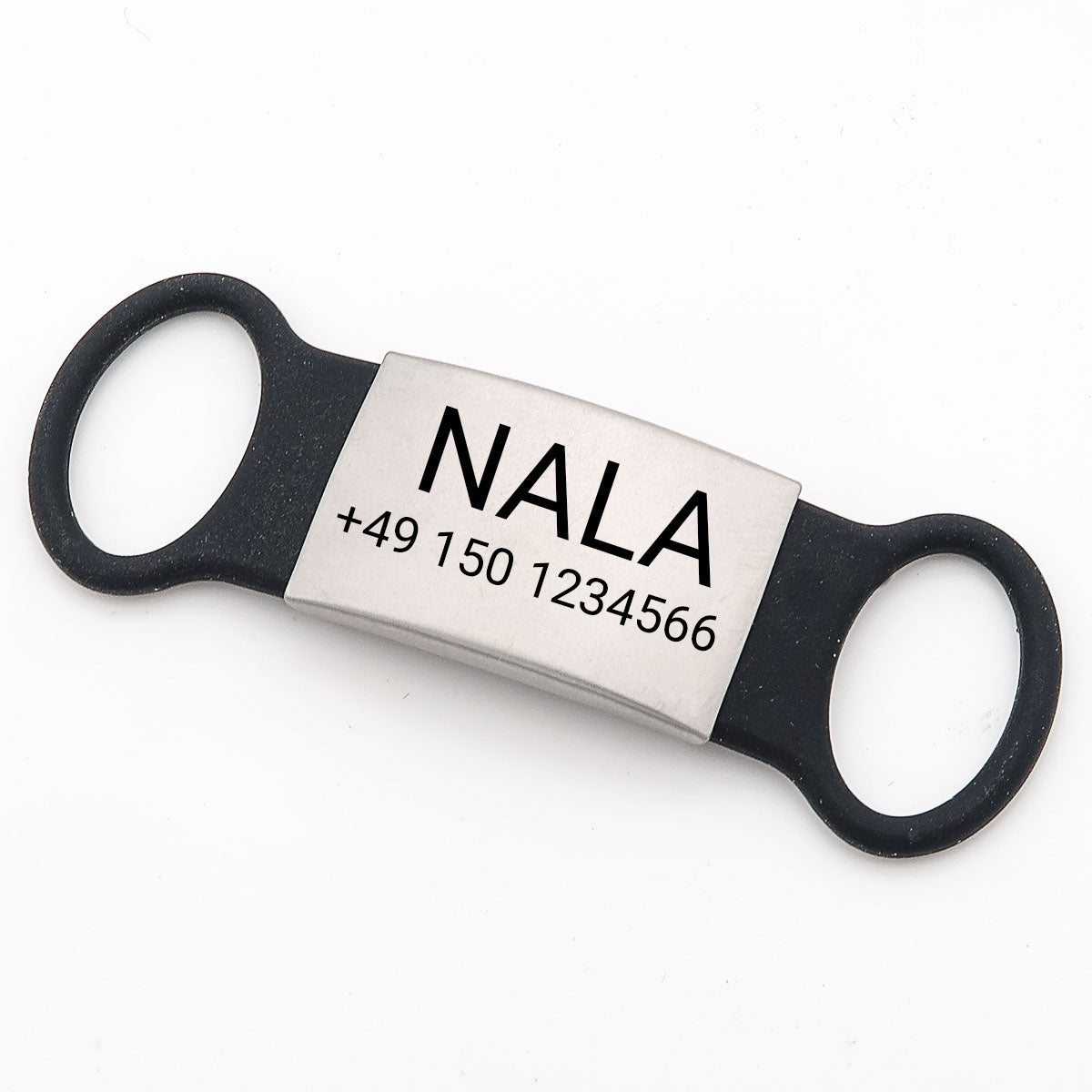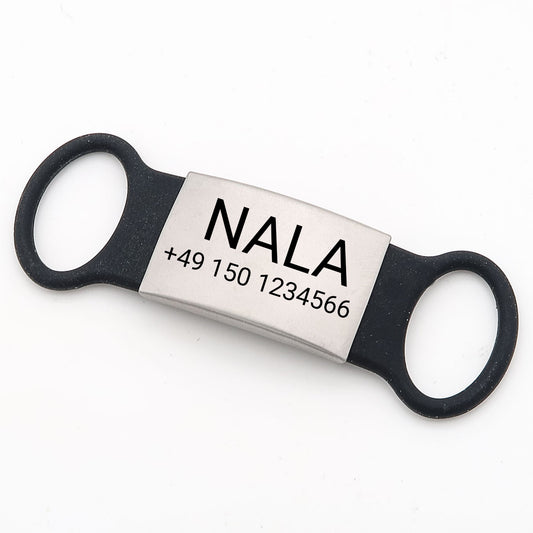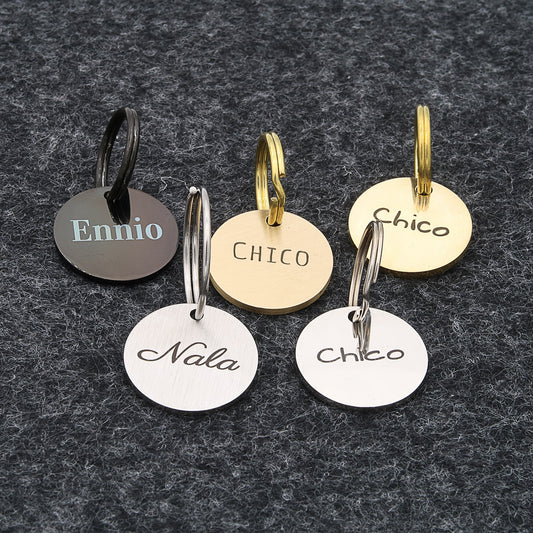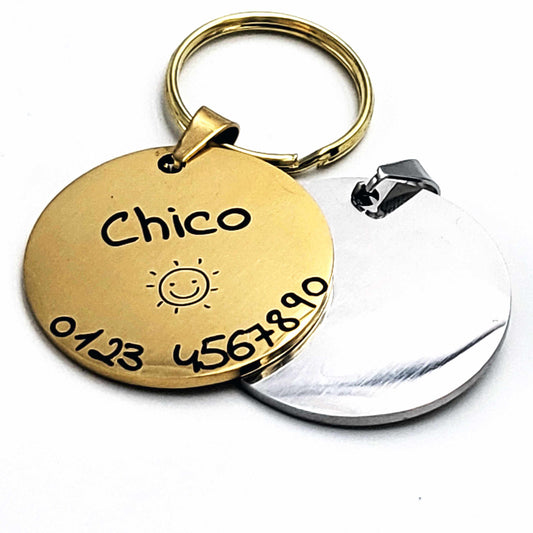
Conjunctivitis in dogs: causes, symptoms and treatment
Share
One conjunctivitisalso known as conjunctivitis, is a common eye disease in dogs. This disease affects the conjunctiva, a thin layer of mucous membrane that covers the eyelid and the visible part of the eyeball. Conjunctivitis can be both acute and chronic and can have various causes, from irritation to infection to allergic reactions.
Causes of conjunctivitis
There are many causes of conjunctivitis in dogs. The most common include
- Foreign bodies: Grass seeds, dust or other small particles can irritate the eye and cause inflammation.
- Infections: Bacteria, viruses and fungi can trigger an infection of the conjunctiva.
- Allergies: Dogs can react to environmental allergens such as pollen, dust or cigarette smoke with conjunctivitis.
- Parasites: Parasites such as eye worms can also infest the dog's eyes.
- Eyelid malpositions: Conditions such as entropion (rolling in of the eyelid) or ectropion (rolling out of the eyelid) can irritate the surface of the eye.
- Breeding characteristics: Some dog breeds have an increased risk of conjunctivitis due to breeding characteristics.
Symptoms of conjunctivitis
Dog owners should look out for various symptoms that may indicate conjunctivitis:
- Redness of the conjunctiva: An inflamed conjunctiva is often reddened.
- Eye discharge: Clear or purulent discharge may occur.
- Lacrimation: Increased tear production may be a sign.
- Swelling of the eyelids: The eyelids may be swollen.
- Misalignment of the eyelids: Entropion or ectropion can irritate the conjunctiva.
- Eye injury: An injury to the eye can lead to conjunctivitis.
- Itching and rubbing: Dogs often rub their eyes when they itch.
Diagnosis and treatment
Conjunctivitis is diagnosed by a veterinarian. The dog's eye is carefully examined to determine the cause of the inflammation.
Treatment methods
The treatment depends on the cause of the conjunctivitis:
- Eye ointments and eye drops: Depending on the diagnosis, antibiotic or anti-inflammatory eye ointments and drops may be prescribed.
- Panthenol-containing ointments: These can support the healing of the eye surface.
- Cleansing: Cleansing with a mild solution such as chamomile tea can alleviate the symptoms.
- Removal of foreign bodies: Foreign bodies must be carefully removed.
- Treatment of eyelid malpositions: Surgical interventions may be necessary to correct entropion, ectropion or other malpositions.
- Treatment of infections: Antibiotics or antiviral medications may be prescribed.
Prevention and care
Good eye care can help to prevent conjunctivitis. Dog owners should:
- Regular check-ups: The dog's eyes should be checked regularly for redness, discharge or other abnormalities.
- Protection from draughts: Avoid draughts to protect the eyes from irritation.
- Avoidance of irritants: Keep the dog away from cigarette smoke and other potential irritants.
- Regular visits to the vet: Regular examinations can help detect and treat eye disease early.
Special eye diseases
In addition to general conjunctivitis, there are special eye diseases such as keratoconjunctivitis sicca, also known as "dry eyes". This disease leads to reduced tear production and can cause severe damage to the cornea if left untreated. It is usually treated with eye moisturizing drops and special medication.
Costs and insurance
The treatment of eye diseases can be expensive. Dog health insurance can help to cover veterinary costs. It is advisable to find out about different insurance options to be covered in the event of an emergency.
Conclusion
Conjunctivitis is a serious eye disease that can lead to consequential damage if left untreated. Early diagnosis and treatment by a vet are crucial. With the right care and attention, dog owners can do a lot to keep their dog's eyes healthy. Regular checks and compliance with hygiene measures are essential.
Image by Sabrinasfotos on Pixabay





